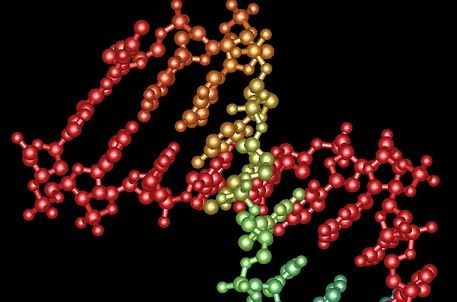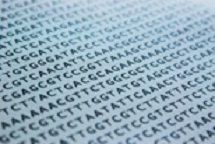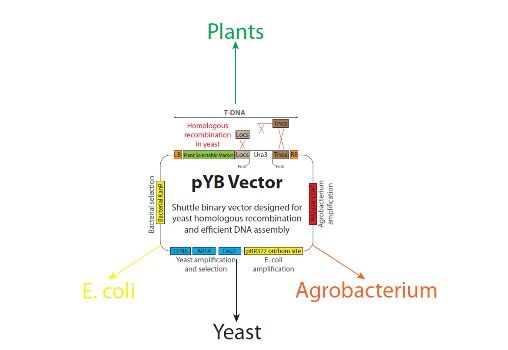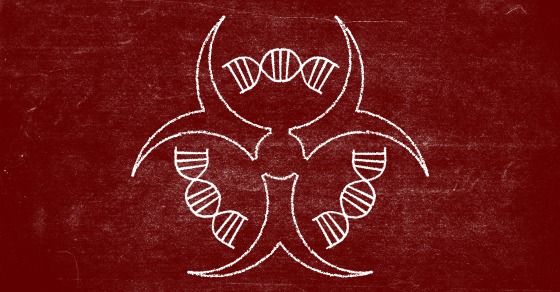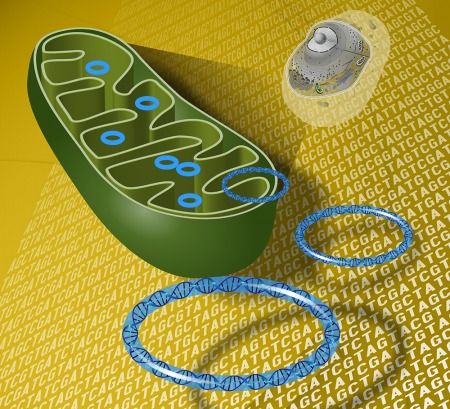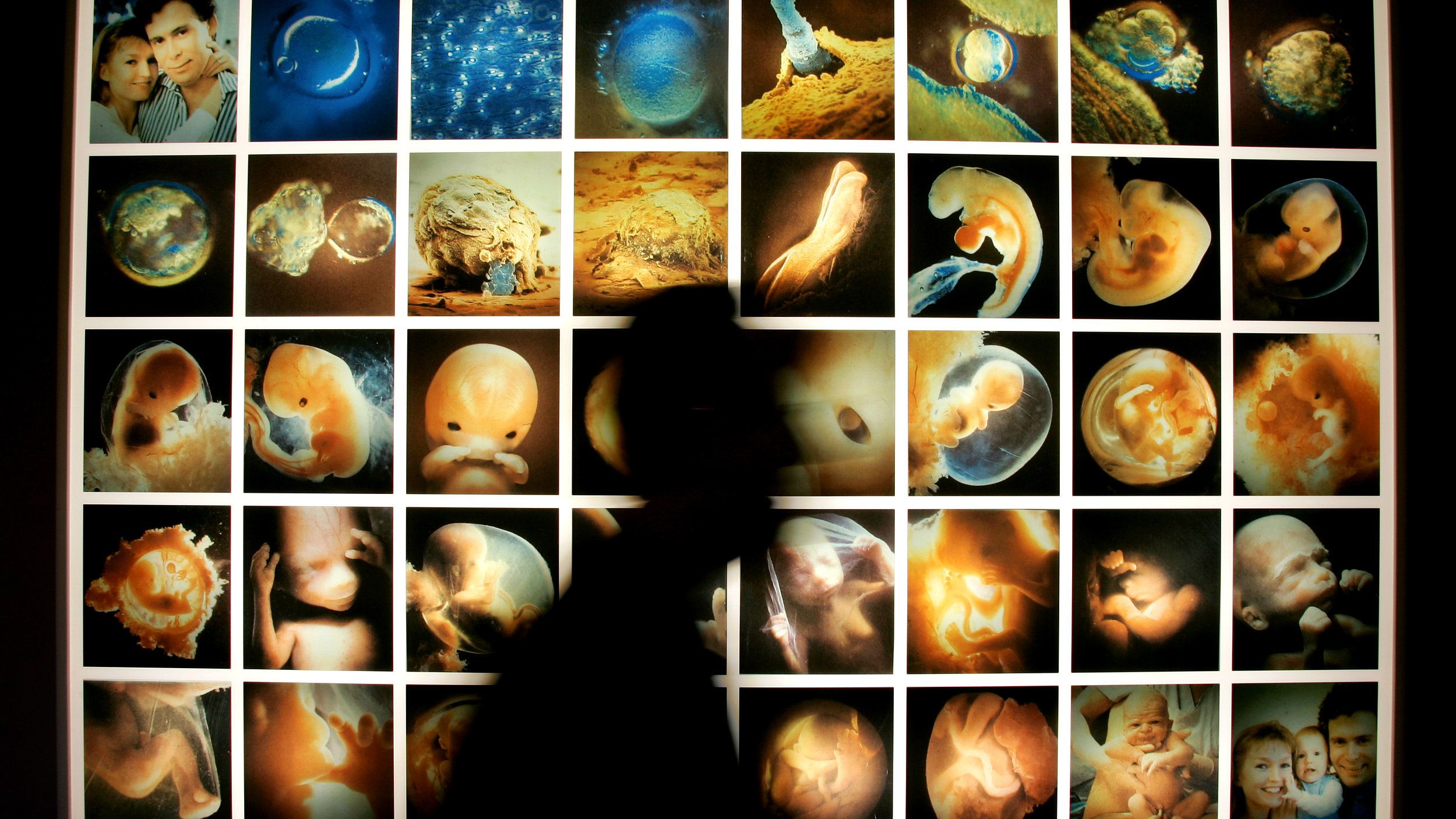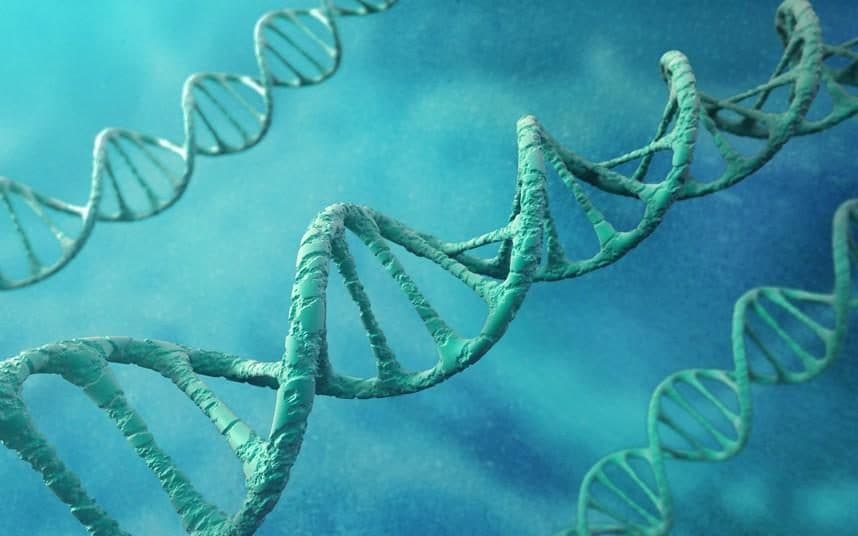A synthetic metabolic pathway developed by Tobias Erb and his colleagues at the Max Planck Institute for Terrestrial Microbiology in Marburg converts CO2 from the atmosphere into organic matter more efficiently than plants are able to through photosynthesis. We asked the researcher what significance this process could have for climate protection, discussed the hurdles the research team had to overcome to achieve their goal, and looked at the new perspectives that synthetic biology opens up.
Does the synthetic metabolic pathway that fixes CO2 now represent an effective means of curbing climate change?
Firstly, we are aiming to understand the fundamental biological and chemical principles of how CO2 in gaseous form can be converted into organic molecules. Our primary motivation is not stopping climate change. We are seeking to develop atmospheric CO2 as a source of carbon for the future using biological methods. Producing a CO2-neutral process or even one that removes CO2 from the atmosphere and has a positive impact on the climate would be a fantastic secondary effect.

